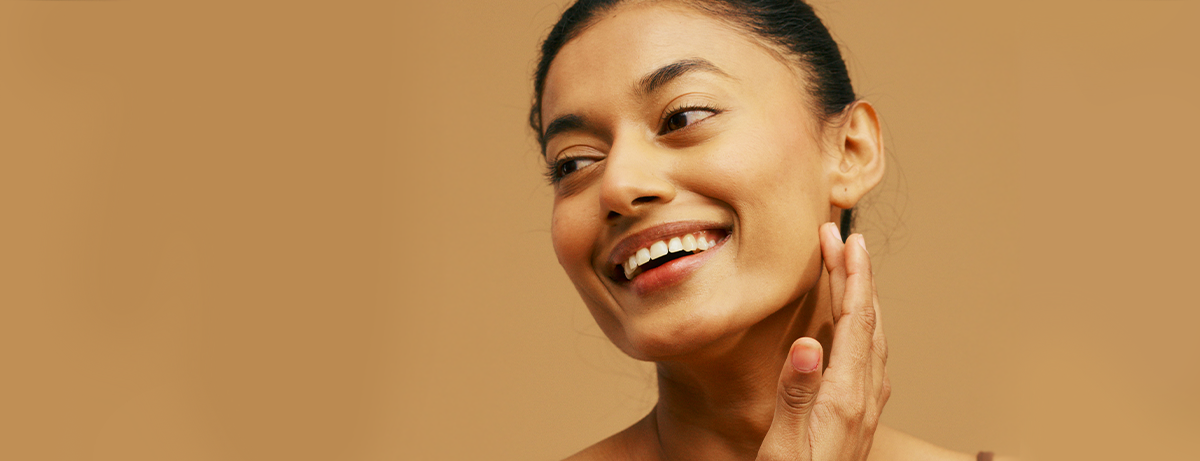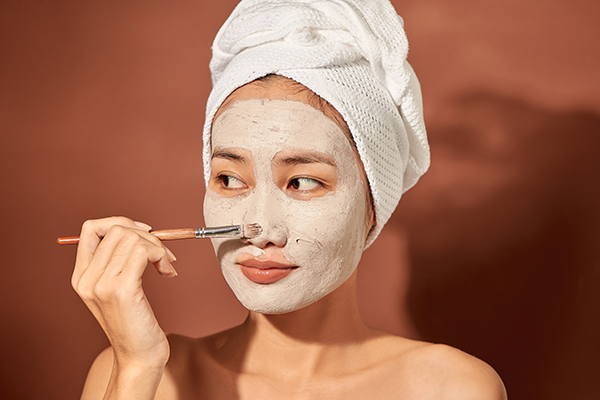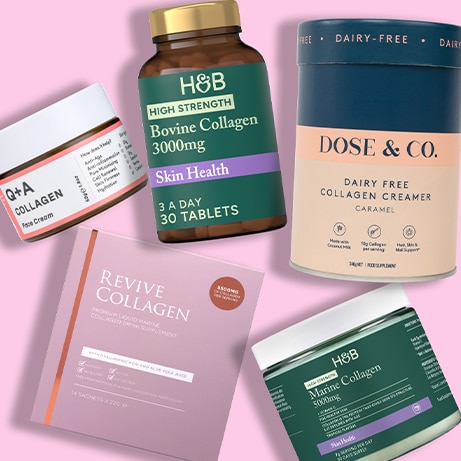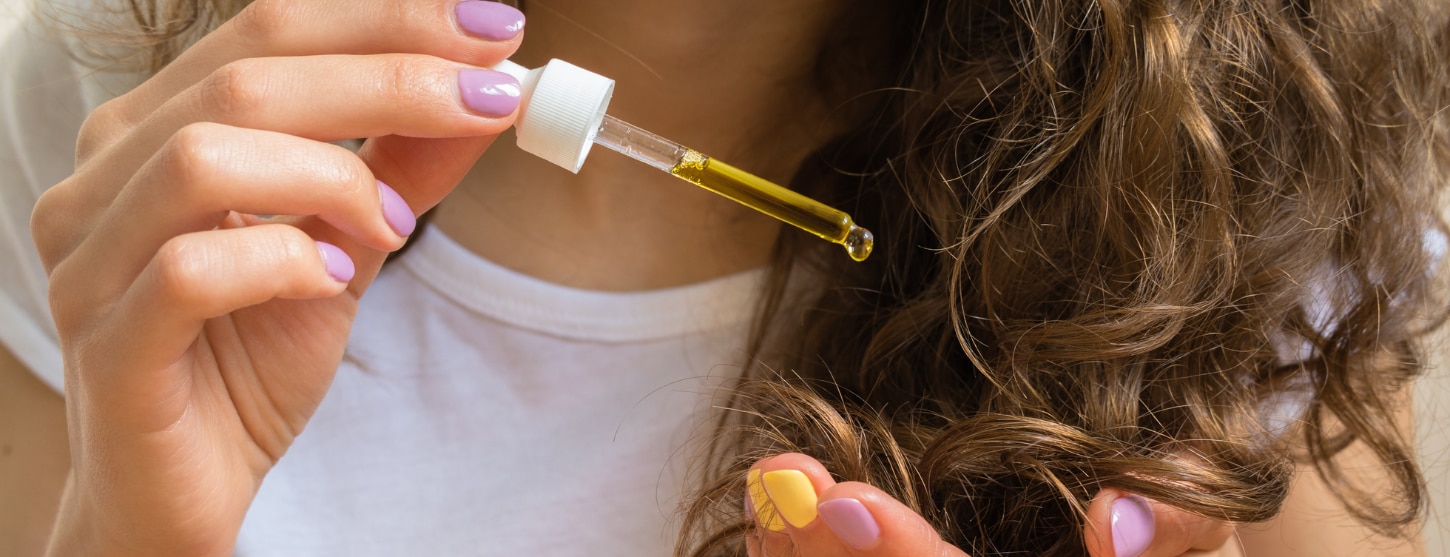15% off £25 or 20% off £35
Code:BASKET
Blackheads: causes, treatments and prevention tips

Fed up with blackheads crashing your glow? Discover what's behind these tiny intruders, the game-changing ways to treat them and pro tips to keep your skin smooth
Summary
1What are blackheads?
Blackheads are a type of mild acne that occurs when hair follicles become clogged with oil (sebum), dead skin cells and debris…
2What causes blackheads?
Blackheads are the result of clogged pores, and while it might seem like they appear out of nowhere, there’s always a reason behind them…
3How can I treat blackheads?
Treating blackheads may involve a combination of skincare practices, professional treatments and lifestyle adjustments…
Blackheads are the ultimate gatecrashers to glowing skin. Whether they’re camping out on your nose or stubbornly sitting on your chin, those dark dots can feel like a never-ending battle.
But don’t worry – with the right know-how, you can bid these blemishes farewell. Let’s map out the path to achieving a brighter, healthier complexion.
What are blackheads?
Blackheads are a type of mild acne that occurs when hair follicles become clogged with oil (sebum), dead skin cells and debris.1
Unlike whiteheads, which stay hidden under the surface, blackheads keep their pores open. This exposure to air causes the contents to oxidise and turn dark, giving blackheads their characteristic appearance.1
You’ll often spot them lurking in oily areas like the T-zone (forehead, nose and chin), but they can also appear on your back, chest, arms, neck and shoulders.2
While they’re not harmful, they can make your skin feel less smooth and, if left unchecked, pave the way for more severe breakouts.1
The good news? Understanding what they are is the first step to evicting them for good.
What causes blackheads?
Blackheads are the result of clogged pores, and while it might seem like they appear out of nowhere, there’s always a reason behind them.
Common culprits include:3-8
- excess oil production: when your skin’s sebaceous glands work overtime, they produce more oil than your pores can handle
- hormonal changes: puberty, pregnancy and menstruation may stimulate oil production
- improper skincare: forgetting to cleanse, using heavy products or overdoing harsh treatments can leave your pores crying out for help
- dietary factors: indulging in sugary treats, high-glycaemic foods (foods that raise your blood sugar levels quickly) or dairy may encourage excess oil production and inflammation
- environmental influences: humidity, pollution and other irritants may overwhelm your skin’s defences and clog your pores
Even your daily habits, such as touching your face or skipping makeup removal before bed, may encourage blackheads to stick around.9
What do blackheads look like?
Imagine tiny specks of pepper sprinkled across your skin – that’s what blackheads often resemble. These small, dark spots are slightly raised but completely painless.10
Unlike other forms of acne, blackheads lack the angry redness or swelling that comes with inflammation.10
Instead, they tend to cluster in oily zones, such as your forehead, nose and chin, where your sebaceous (oil) glands are most active.2,11

How can I treat blackheads?
Managing blackheads may involve a combination of skincare practices, professional treatments and lifestyle adjustments. Let’s explore some of the best ways to take control.
Skincare is your front-line defence against blackheads. The right products can help unclog pores, balance oil production and keep your skin looking its best.5
Speak to a pharmacist about these over-the-counter options and make sure you follow their advice – especially if they say not to mix two different products because of possible side effects:12-17
- salicylic acid: a deep-cleaning powerhouse, this beta hydroxy acid (BHA) penetrates deep into pores to dissolve oil and dead skin cells. Opt for a cleanser or serum with 0.5–2% salicylic acid for best results
- clay masks: these oil-absorbing champions, made with kaolin or bentonite, work to soak up excess oil and draw out impurities, leaving your skin feeling refreshed. Treat yourself to one or two clay mask sessions a week
- benzoyl peroxide: a reliable bacteria-buster, this ingredient clears away dead skin cells and helps prevent future breakouts. Start with a low concentration (2.5%) to avoid irritation and dryness
- niacinamide: this ingredient’s known for its calming properties. Products containing niacinamide may help regulate oil production and soothe inflammation
- glycolic acid: this alpha hydroxy acid (AHA) can help sweep away dead skin cells, brighten your complexion and improve texture. You’ll often find glycolic acid in exfoliating pads or cleansers
- lactic acid: a gentler AHA that may be a good choice for sensitive skin, helping to brighten and clarify your complexion without causing irritation
Professional treatments offer advanced solutions to unclog pores, improve skin texture and prevent future breakouts. Here are some options worth exploring:18-20
- chemical peels: these treatments use salicylic, glycolic or lactic acid to exfoliate and unclog pores
- manual extraction: performed by a dermatologist, this sterile procedure removes blackheads without risking scarring
- microdermabrasion: this non-invasive technique exfoliates the surface of your skin, helping to improve texture and reduce pore visibility
Nature has its own arsenal of skin-clearing solutions. These simple, gentle at-home favourites may help minimise blackheads and irritation, all without breaking the bank:5,21
- honey: its antimicrobial properties may help reduce bacteria and soothe your skin. Try using it as a mask for 10–15 minutes before rinsing
- tea tree oil: dilute a few drops of tea tree oil with a carrier oil and dab onto affected areas to help reduce bacteria and inflammation
- steam therapy: a classic for a reason – steam opens up your pores and loosens debris, making cleaning them easier
Small changes can have a significant impact. Swap and wash your pillowcases regularly and avoid touching your face.8
Staying active can also improve circulation and help reduce stress, giving your skin some extra love in the process.22,23
Are nose strips and blackhead removal tools effective?
Nose strips can feel satisfying, as they lift away the surface layer of blackheads. But keep in mind that they’re more of a quick fix and don’t tackle the root cause of clogged pores.
Home blackhead removers, such as comedone extractors, may work – but only if used correctly. Improper technique can damage your skin or even cause scarring. So, when in doubt, leave it to the pros and consult a dermatologist for safe extractions.24
Preventing blackheads from returning
Consistent skincare and mindful habits can help prevent blackheads from making a comeback. Here are some top strategies to help you stay ahead:
Think of cleansing as your skin’s daily reset button. Washing your face twice a day with a gentle, non-comedogenic cleanser removes dirt, oil and makeup before they can clog your pores.1
Give your pores a breather by exfoliating regularly. Chemical exfoliants like salicylic acid or glycolic acid can work wonders for removing dead skin cells and clearing clogged pores.1
Stick to using them two to three times a week and skip harsh scrubs – they might do more harm than good.25
Your skincare and makeup should work with your skin, not against it. Look for products labelled ‘non-comedogenic’, designed to avoid clogging pores.26
Don’t be afraid to moisturise, even if you have oily skin. Lightweight, water-based moisturisers with ingredients such as hyaluronic acid or glycerine help keep your skin hydrated and balanced without adding to the grease factor.27
Sunscreen isn’t just for bright days. It’s your secret weapon against ultraviolet (UV) damage and hyperpigmentation.
Select a broad-spectrum, non-comedogenic sunscreen to shield your skin and prevent clogged pores.1 Apply it daily – your future self will thank you.
What you eat shows up on your skin. Aim for a diet packed with colourful fruits, vegetables, whole grains and lean proteins.28 Cut back on sugary snacks and high-glycaemic foods that may contribute to blackheads.29
The final say
Blackheads may be small, but they can significantly impact how your skin looks and feels.
The good news? With a consistent skincare routine, professional treatments and some smart preventive steps, you can help keep them under control.1 Start by cleansing and exfoliating regularly, and don’t shy away from moisturisers or sunscreen.30
If blackheads just won’t budge, or if your acne becomes more severe, a healthcare professional can offer prescription-strength solutions.18-20 They may also refer you to a dermatologist who specialises in skin conditions.
With a little patience and proper care, your skin can glow brighter, feel healthier and help you radiate confidence every day.
Still exploring? Discover how your gut health could affect your skin…
Disclaimer - This article provides informational advice and is not a substitute for medical care. Curated by experts for accuracy, we take great care to ensure the information is up-to-date and relevant. However, you should always consult your GP or healthcare professional before using supplements or alternative products, particularly if you have medical conditions or are under supervision.
1. Sutaria AH, Schlessinger J. Acne vulgaris. Treasure Island (FL): StatPearls Publishing; 2023. Available from: https://www.ncbi.nlm.nih.gov/books/NBK459173/
2. Vasam M, et al. Acne vulgaris: A review of the pathophysiology, treatment, and recent nanotechnology based advances. Biochem Biophys Rep. 2023;36:101578. https://doi.org/10.1016/j.bbrep.2023.101578
3. Hoover E, Krishnamurthy K. Physiology, sebaceous glands. Treasure Island (FL): StatPearls Publishing; 2022. Available from: https://www.ncbi.nlm.nih.gov/books/NBK499819/
4. NHS. Overview - Acne [Internet]. [cited 2024 Dec 18]. Available from: https://www.nhs.uk/conditions/acne/
5. Institute for Quality and Efficiency in Health Care (IQWiG). Skin care for acne-prone skin [Internet]. [cited 2024 Dec 18]. Available from: https://www.ncbi.nlm.nih.gov/books/NBK279208/
6. Meixiong J, et al. Diet and acne: A systematic review. JAAD Int. 2022;7(7):95–112. https://doi.org/10.1016/j.jdin.2022.02.012
7. Yang J, et al. A review of advancement on influencing factors of acne: An emphasis on environment characteristics. Front Public Health. 2020;8:450. https://doi.org/10.3389/fpubh.2020.00450
8. Ramezani Tehrani F, Behboudi-Gandevani S, Bidhendi Yarandi R, Saei Ghare Naz M, Carmina E. Prevalence of acne vulgaris among women with polycystic ovary syndrome: a systemic review and meta-analysis. Gynecological Endocrinology. 2020 Dec 23;37(5):1–14. https://pubmed.ncbi.nlm.nih.gov/33355023/
9. Nandy P, Shrivastava T. Exploring the multifaceted impact of acne on quality of life and well-being. Cureus. 2024;16(1):e52727. https://doi.org/10.7759/cureus.52727
10. Institute for Quality and Efficiency in Health Care (IQWiG). Acne: Overview [Internet]. [cited 2024 Dec 18]. Available from: https://www.ncbi.nlm.nih.gov/books/NBK279211/
11. Makrantonaki E, et al. An update on the role of the sebaceous gland in the pathogenesis of acne. Dermatoendocrinol. 2011;3(1):41–9. https://doi.org/10.4161/derm.3.1.13900
12. U.S. Food and Drug Administration. Beta hydroxy acids [Internet]. [cited 2024 Dec 18]. Available from: https://www.fda.gov/cosmetics/cosmetic-ingredients/beta-hydroxy-acids
13. Tan AU, et al. A review of diagnosis and treatment of acne in adult female patients. Int J Womens Dermatol. 2017;4(2):56–71. https://doi.org/10.1016/j.ijwd.2017.10.006
14. Zhang X, et al. Comprehensive assessment of the efficacy and safety of a clay mask in oily and acne skin. Skin Res Technol. 2023;29(11):e13513. https://doi.org/10.1111/srt.13513
15. Matin T, et al. Benzoyl peroxide. Treasure Island (FL): StatPearls Publishing; 2024. Available from: https://www.ncbi.nlm.nih.gov/books/NBK537220/
16. Marques C, et al. Mechanistic insights into the multiple functions of niacinamide: Therapeutic implications and cosmeceutical applications in functional skincare products. Antioxidants. 2024;13(4):425. https://doi.org/10.3390/antiox13040425
17. Karwal K, Mukovozov I. Topical AHA in dermatology: Formulations, mechanisms of action, efficacy, and future perspectives. Cosmetics. 2023;10(5):131. https://doi.org/10.3390/cosmetics10050131
18. Chen X, et al. Chemical peels for acne vulgaris: A systematic review of randomised controlled trials. BMJ Open. 2018;8(4):e019607. https://doi.org/10.1136/bmjopen-2017-019607
19. American Academy of Dermatology Association. Pimple popping: Why only a dermatologist should do it [Internet]. [cited 2024 Dec 18]. Available from: https://www.aad.org/public/diseases/acne/skin-care/popping
20. Shah M, Crane JS. Microdermabrasion. Treasure Island (FL): StatPearls Publishing; 2023. Available from: https://www.ncbi.nlm.nih.gov/books/NBK535383/
21. Nascimento T, et al. Tea tree oil: Properties and the therapeutic approach to acne — a review. Antioxidants. 2023;12(6):1264. https://doi.org/10.3390/antiox12061264
22. Oizumi R, et al. The potential of exercise on lifestyle and skin function: Narrative review. JMIR Dermatol. 2024;7(1):e51962. https://doi.org/10.2196/51962
23. Zari S, Alrahmani D. The association between stress and acne among female medical students in Jeddah, Saudi Arabia. Clin Cosmet Investig Dermatol. 2017;10(1):503–6. https://doi.org/10.2147/CCID.S148499
24. Acne Support. Comedone extraction [Internet]. [cited 2024 Dec 18]. Available from: https://www.acnesupport.org.uk/treatment/comedone-extraction
25. Șoimița EM, et al. A Comprehensive Bibliographic Review Concerning the Efficacy of Organic Acids for Chemical Peels Treating Acne Vulgaris. Molecules. 2023;28(20):7219–9. https://www.mdpi.com/1420-3049/28/20/7219
26. NICE. Acne vulgaris: Management [Internet]. [cited 2024 Dec 18]. Available from: https://www.nice.org.uk/guidance/ng198/chapter/Recommendations
27. Chularojanamontri L, et al. Moisturizers for acne: What are their Constituents? J Clin Aesthet Dermatol. 2014;7(5):36. https://pmc.ncbi.nlm.nih.gov/articles/PMC4025519/
28. BDA. Skin health [Internet]. [cited 2024 Dec 18]. Available from: https://www.bda.uk.com/resource/skin-health.html
29. Baldwin H, Tan J. Effects of diet on acne and its response to treatment. Am J Clin Dermatol. 2020;22(1):55–65. https://doi.org/10.1007/s40257-020-00542-y
30. Del JQ, et al. Efficacy, safety, and subject satisfaction of a specified skin care regimen to cleanse, medicate, moisturize, and protect the skin of patients under treatment for acne vulgaris. J Clin Aesthet Dermatol. 2015;8(1):22. https://pmc.ncbi.nlm.nih.gov/articles/PMC4295855/












